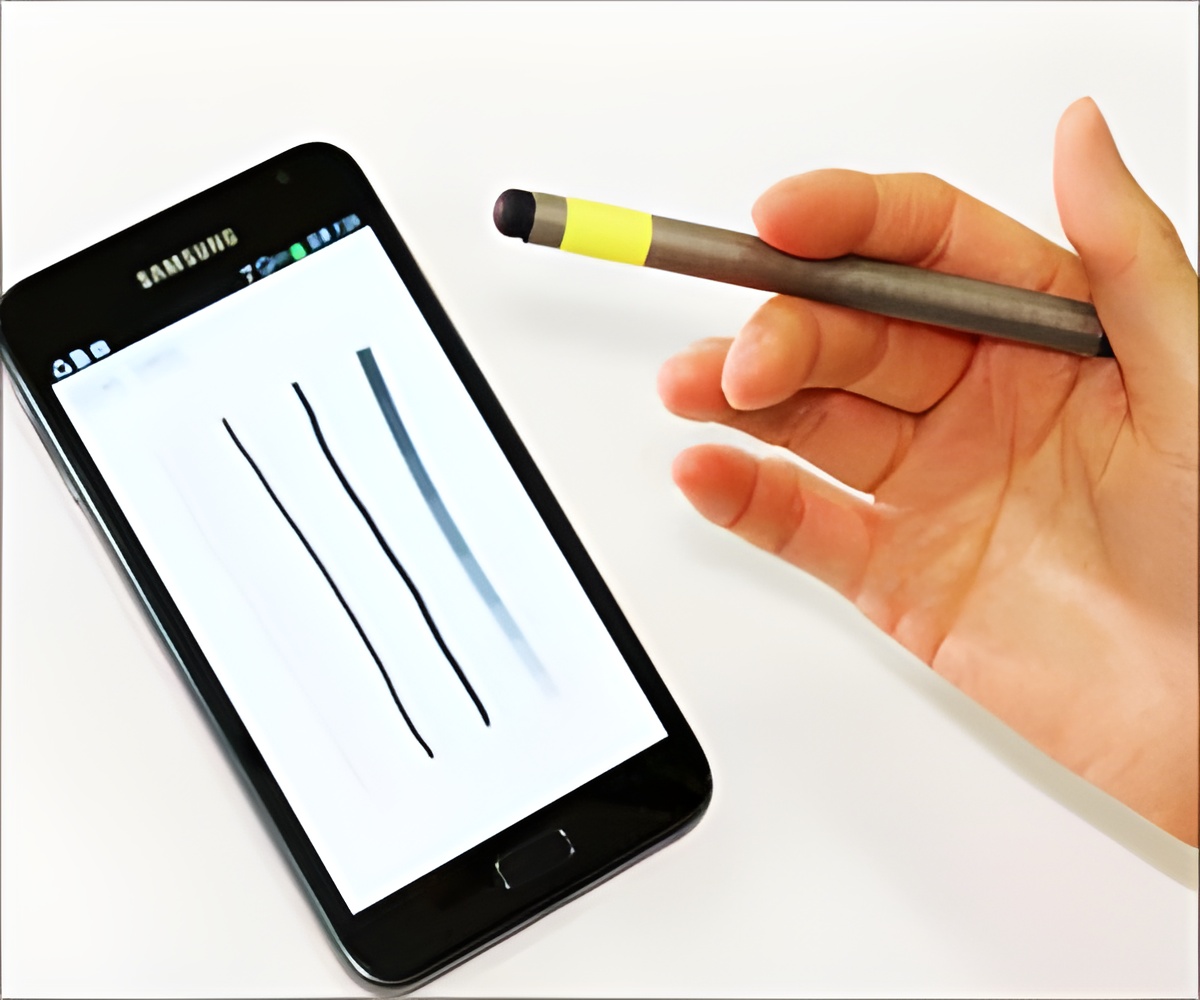A new tool invented by scientists at University of Texas at Austin uses three different mechanisms to image a lesion, potentially providing a new way to spot suspected tumors

The device utilizes Raman spectroscopy, diffuse reflectance spectroscopy, and laser-induced fluorescence spectroscopy at the same time to peer into the lesion.
The three combine to aid spot increased oxygen consumption as the cancerous tissue displays different optical properties from the healthy stuff around it.
Readings take about five seconds to function using the probe which is only about the size of a pen. It’s connected to a computer that does the image processing. The probe is cheap to manufacture, so if clinical trials pan out positively for the new device, the device will hit the medical industry soon.
Source-Medindia














